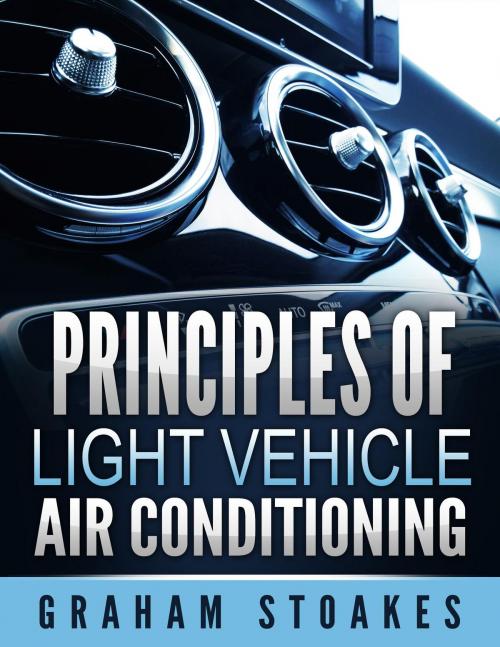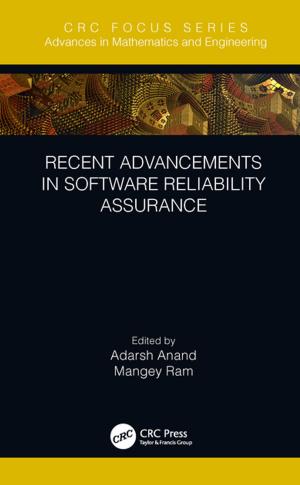Principles of Light Vehicle Air Conditioning
Nonfiction, Reference & Language, Transportation, Automotive, Repair & Maintenance, Science & Nature, Technology, Engineering| Author: | Graham Stoakes | ISBN: | 9780992949259 |
| Publisher: | Graham Stoakes | Publication: | July 6, 2015 |
| Imprint: | Graham Stoakes | Language: | English |
| Author: | Graham Stoakes |
| ISBN: | 9780992949259 |
| Publisher: | Graham Stoakes |
| Publication: | July 6, 2015 |
| Imprint: | Graham Stoakes |
| Language: | English |
As the number of vehicles on the world's roads rises, the demand for increased levels of comfort and convenience also grows. While air conditioning and climate control may be seen as a luxury by some, the key benefits often outweigh the initial costs and resources required to implement these systems on newly produced vehicles; in fact most new cars come with some form of air conditioning as standard. An environment which helps keep the driver and passengers comfortable and alert, maintaining the correct levels of ventilation and humidity, can increase concentration and the ability to devote more of their attention to the occupation of driving. The downside of these systems is the environmental impact of the chemicals used to provide the refrigeration process. Globally, anthropogenic, or 'man-made' emissions are believed to be the key factor in climate change and refrigerants have a larger influence than many others. Small amounts of fluorinated gasses released to atmosphere may be causing irreparable damage to our planet, initiating ozone depletion and global warming. Although many organisations are currently seeking alternatives to these harmful cocktails, at the present time we are restricted by the availability, cost and technology required to make viable replacements. This means that for the time being, technicians and air conditioning professionals need to ensure that refrigerants are handled with due diligence and systems are maintained to the highest standards in order to contain and reduce emissions. Remember these chemicals only become dangerous when released to atmosphere. This book will help provide a knowledge and understanding of air conditioning and climate control, giving you the opportunity to work on these systems using prescribed methods and techniques proven to reduce the accidental release of refrigerants to atmosphere. The chapters will introduce you to health and safety, refrigeration principles and the handling and diagnosis of air conditioning systems. It also lays out key terms, points of interest, safety and diagnostic tips in order to support the information provided within the text.
As the number of vehicles on the world's roads rises, the demand for increased levels of comfort and convenience also grows. While air conditioning and climate control may be seen as a luxury by some, the key benefits often outweigh the initial costs and resources required to implement these systems on newly produced vehicles; in fact most new cars come with some form of air conditioning as standard. An environment which helps keep the driver and passengers comfortable and alert, maintaining the correct levels of ventilation and humidity, can increase concentration and the ability to devote more of their attention to the occupation of driving. The downside of these systems is the environmental impact of the chemicals used to provide the refrigeration process. Globally, anthropogenic, or 'man-made' emissions are believed to be the key factor in climate change and refrigerants have a larger influence than many others. Small amounts of fluorinated gasses released to atmosphere may be causing irreparable damage to our planet, initiating ozone depletion and global warming. Although many organisations are currently seeking alternatives to these harmful cocktails, at the present time we are restricted by the availability, cost and technology required to make viable replacements. This means that for the time being, technicians and air conditioning professionals need to ensure that refrigerants are handled with due diligence and systems are maintained to the highest standards in order to contain and reduce emissions. Remember these chemicals only become dangerous when released to atmosphere. This book will help provide a knowledge and understanding of air conditioning and climate control, giving you the opportunity to work on these systems using prescribed methods and techniques proven to reduce the accidental release of refrigerants to atmosphere. The chapters will introduce you to health and safety, refrigeration principles and the handling and diagnosis of air conditioning systems. It also lays out key terms, points of interest, safety and diagnostic tips in order to support the information provided within the text.















